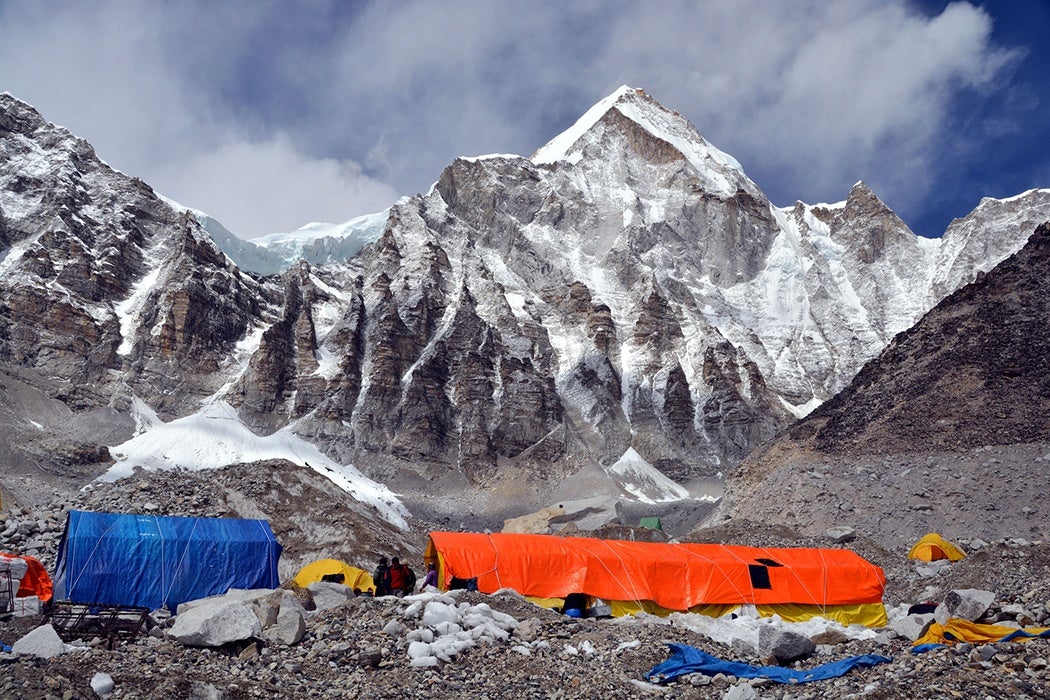Recently, the mountaineering community has been abuzz with the news that Mount Everest’s eponymous Hillary Step may have collapsed after a devastating earthquake in Nepal. While this is debated by different climbers, Everest literally crumbling is a fair indication of what is happening to the mountain overall. Although the Step itself could have fallen victim to natural causes, the rest of the mountain has become a case study in environmental degradation.
Hundreds attempt to summit Everest every year, even with the hefty price tag attached to an expedition, and infrastructure has cropped up to meet demand. While this brings income to the region, construction consumes natural resources and climbers litter the mountain with debris and waste.
Jamling Tenzing Norgay (son of the Tenzing Norgay, who conquered Everest for the first time with Sir Edmund Hillary in 1953) wrote an opinion piece on the perils facing the region as a result of Everest’s exploding popularity.
“These activities have created a major ecological problem,” warned Norgay. “They are also evidence of disrespect by the climbing community, and a disregard for nature by those men and women who believe their personal conquests are more important than preservation of the integrity of a unique environment.”
Trash is a major concern. While we often picture the Himalayas as pristine, in reality, Everest’s snows cover empty oxygen tanks, wrappers, cans, and an array of debris left behind by climbers. In May, five days of cleaning removed four tons of rubbish from the mountain. (Norgay referred to the region as “the world’s highest garbage dump.)
The region surrounding the mountain is equally exploited, culturally as well as environmentally. “Forests have been denuded for visitor’s campfires,” writes Norgay. “Gore-tex parkas have replaced chubas and other traditional robes, and Snickers bars have become as common as yak butter.”
Thankfully, the problem hasn’t escaped the attention of the region’s authorities. NGOs have sent trash-collecting expeditions up the mountain, and climbers are now slapped with a significant fine if they don’t bring their garbage back with them. Locals have begun using solar power, and there is renewed interest in managing not only trash, but waste treatment, deforestation, and climate change.
Everest’s destruction is more than cosmetic—it has dire consequences for the local population. Higher temperatures and melting snow and glaciers put the region at risk of flash floods. Overgrazing and deforestation threaten endemic species with extinction.
Norgay himself warned of the perilous side effects of human interference on the mountain, writing, “I believe that the recent increase in Himalayan climbing deaths, and disastrous avalanches and landslides, are symptoms of a new era of pollution and defilement…We must reclaim respect for the mountains and the fragile environment that surrounds them.”







